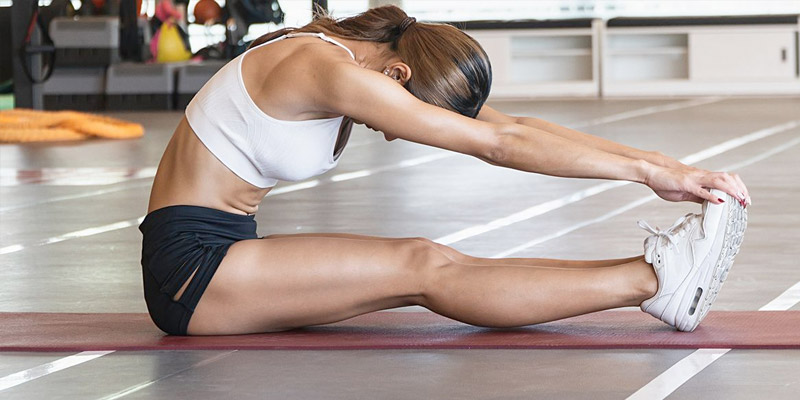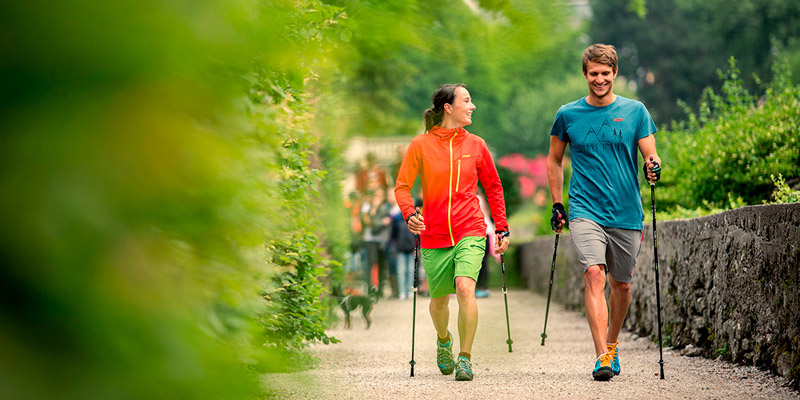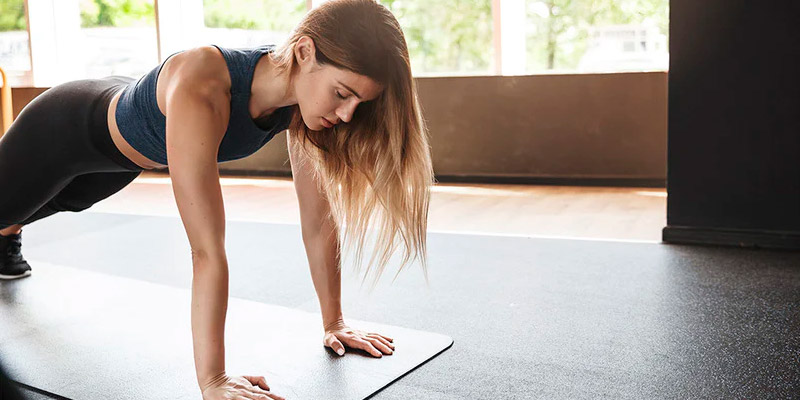Exercises For Fall Prevention
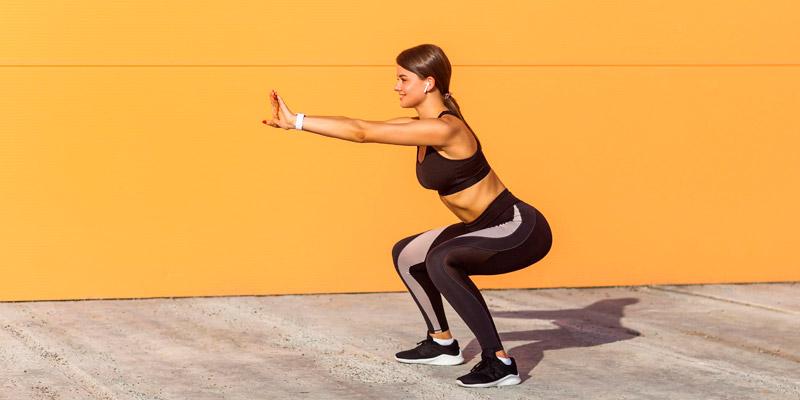
Dan John once said, ‘the most dangerous part of my day is when I step out of the shower.’ Think about it. How easy is it to slip and fall once you get out of the shower? Now if it’s that easy, imagine how your older adult clients feel about losing their balance.
That’s why it’s a personal trainer’s responsibility to ensure your older adult clients, no matter what other goals they have, need to stand strong on their own two feet. Because you don’t want them to end up like one of the statistics below:
- One out of five falls causes a serious injury such as broken bones or a head injury.
- Each year, 3 million older people are treated in emergency departments for fall injuries.
- Over 800,000 patients a year are hospitalized because of a fall injury, most often because of a head injury or hip fracture.
- Each year at least 300,000 older people are hospitalized for hip fractures.
- More than 95% of hip fractures are caused by falling, usually by falling sideways.
- Falls are the most common cause of traumatic brain injuries.
- In 2015, the total medical costs for falls totaled more than $50 billion. Medicare and Medicaid shouldered 75% of these costs.
Plus, this loss of mobility makes it two-three times more likely that the older adult who suffered the fall meets their maker.1
However, before getting into the exercises that prevent falls, let’s define balance and the systems within the body that govern balance.
Balance is ‘the ability to maintain the body’s center of mass over its base of support.’ Balance is both static (still) and dynamic (movement).
The systems that work to keep you balanced are:
- The Vestibular system – is in the inner ear. This provides the brain information about the body’s motion, equilibrium and spatial awareness.
- The Musculoskeletal system – skin, muscles, ligaments, and tendons send sensory information to the brain that makes you aware of your body’s position in space and when changes happen in your environment.
- The Neuromuscular system – information from the eyes, vestibular and musculoskeletal systems travel via the neuromuscular system to the brain which then sends information to respond to changes in the environment via the central and peripheral nervous system.
Granted there are many exercises that will improve your client’s posture, balance, and cut their risk of falling and hopefully you’re training them. However, my criteria for choosing the best 5 exercises for fall prevention are:
- Biggest bang for your buck
- Simplicity
- No special equipment needed
- Improving the 3 systems above
The following 5 exercises will improve your client’s ability to stand upright and look the world in the face.
Squats
Squats are a part of your client’s everyday routine from the moment they wake up, till the moment they go to bed. Throughout the day, they have performed the squatting movement several times, possibly without realizing it.
For example:
- Getting in and out of bed
- When nature calls
- Picking something off the floor
- Standing and sitting from a chair
Strong legs are essential for your clients to stay mobile and prevent falls as they get older, and squats will help develop this leg strength. Strengthening the quadriceps, hamstrings and glutes will help them prevent falls and dominate life as they age.
Furthermore, squats strengthen the core muscles that make everyday movements like turning, bending, and even standing easier. Not only that, but a strong core can ease pain in your low back and make it easier to support their good posture.
Hopefully, you know all this, and squats play a huge role in your older adult programming.
Half And Tall Kneeling Positions
It’s the central nervous system’s main job is to reduce the threats of physical harm (real or perceived) and being close to the floor reduces the dangers the CNS senses while training to improve balance.
Plus, if your client cannot keep themselves upright on the floor for any length of time with the tall or half kneeling positions, they haven’t much hope of doing it standing either.
Both these positions strengthen the glutes and improve core stability and hip mobility which are huge factors in their health and well-being.
Program the tall kneeling and half kneeling positions for 1-2 minutes each. When they start to feel comfortable, they can perform exercises from there to improve your strength, stability, and balance. For example, Half/Tall kneeling lat pulldowns, Pallof presses and Landmine presses.
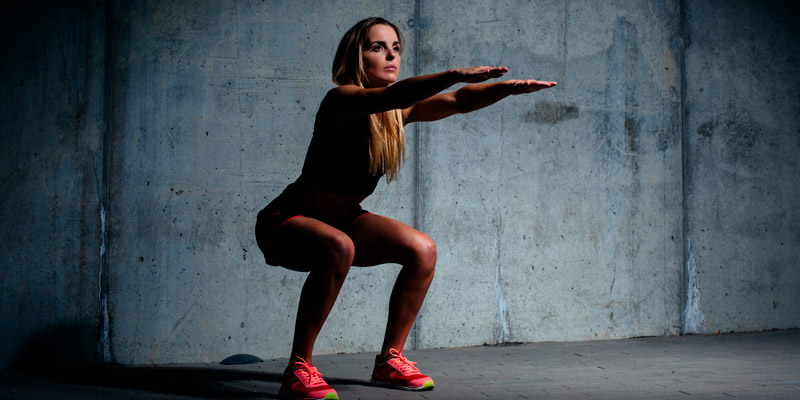
Farmers Carries
Think of how many times a week your clients (or you) carry things in their hands. 2, 3, 4 or every day? Carrying and walking are fundamental human movements so, it makes sense to program these in your client’s programs.
Plus, farmer’s carries will improve:
- Posture – Trying to carry heavy weights in your hands with rounded shoulders is almost impossible.
- Breathing patterns – It’s hard be a chest breather when carrying around weights in your hands
- Shoulder stability – The rotator cuffs are working hard to keep shoulders in their sockets.
- Balance – Every step of the farmer’s carry is a single leg stance.
- Grip strength – which is important if you like pickles.
If there is anything off about your client’s gait, walking with weights will expose them so you can improve it. Programming wise, carries should be programmed early in the training as part of warm up or core training when your older adult clients have the most energy.
This exercise has a huge carryover from the gym to daily life and is a must do for every senior.
Head Nods
Where the head goes, the rest body follows and the inability to control the head position affects the way the rest of the body operates. Because the ability to hold your head up directly affects the way the vestibular system operates.
The vestibular system is the first sensory system in the human body to develop and all other sensory systems rely on the vestibular system. It’s why babies work so hard to hold their heads up. Without it, walking wouldn’t be possible.
So, strengthening the neck and having your clients head in a good position makes sure all their balance systems work in harmony to keep them upright and the best way to do this, is to program Head Nods.
Head Nods help improve posture and reduce the amount of shearing and compression forces on the neck. Plus, this reduces the amount of pressure on the cervical nerves as they exit the spinal column, allowing them to work better.
This is a simple exercise that’s easily programmed into the warmup for 10-15 reps in the prone or six-point position.
Ankle Mobility Exercises
Ankles are the base, providing feedback on the environment and they’re the foundation of your balance, posture, and mobility. It’s the ankle’s job to sense and respond to the ever-changing environment from stairs, cracked and uneven sidewalks or walking up and down a mountain.
Ankle movement plays a starring role in this. The ankle, being the only joint near the ground, is the first joint to sense what’s going on and it sends those signals via the nervous systems to the brain for processing and a muscular response.
If your ankle mobility is lacking, the brain doesn’t receive good information to respond to your environment and loss of balance and falls can result.
Here’s a test to see if your clients have good ankle mobility.
If their ankle mobility is lacking, this is a great exercise to improve it.
